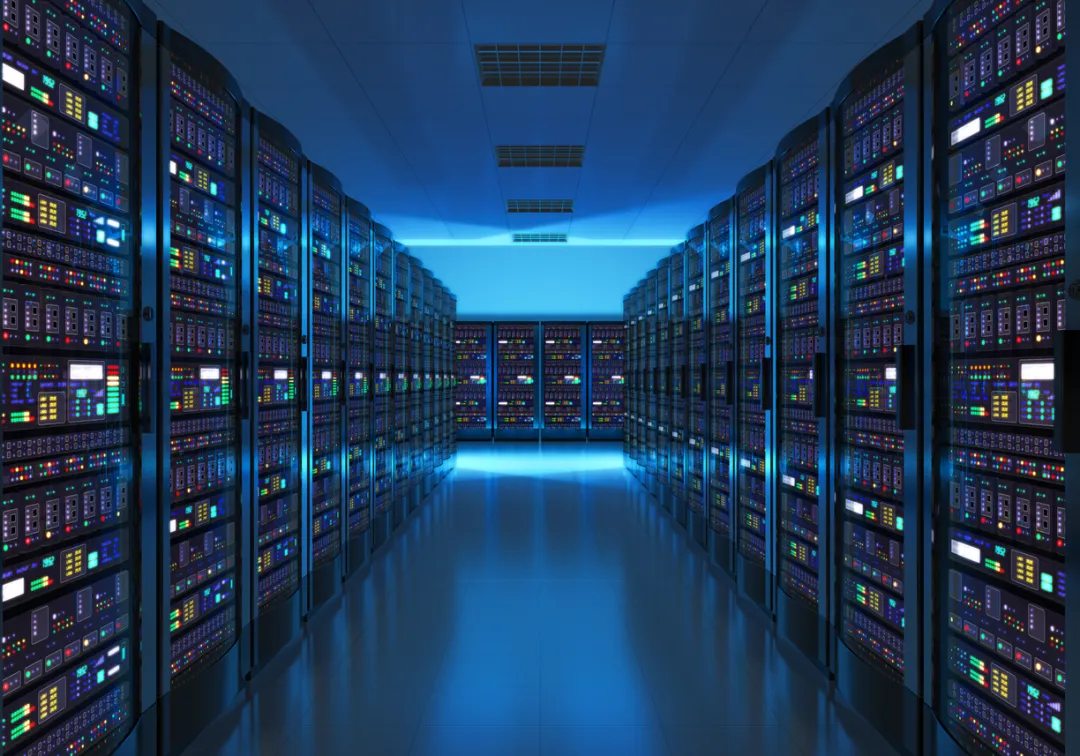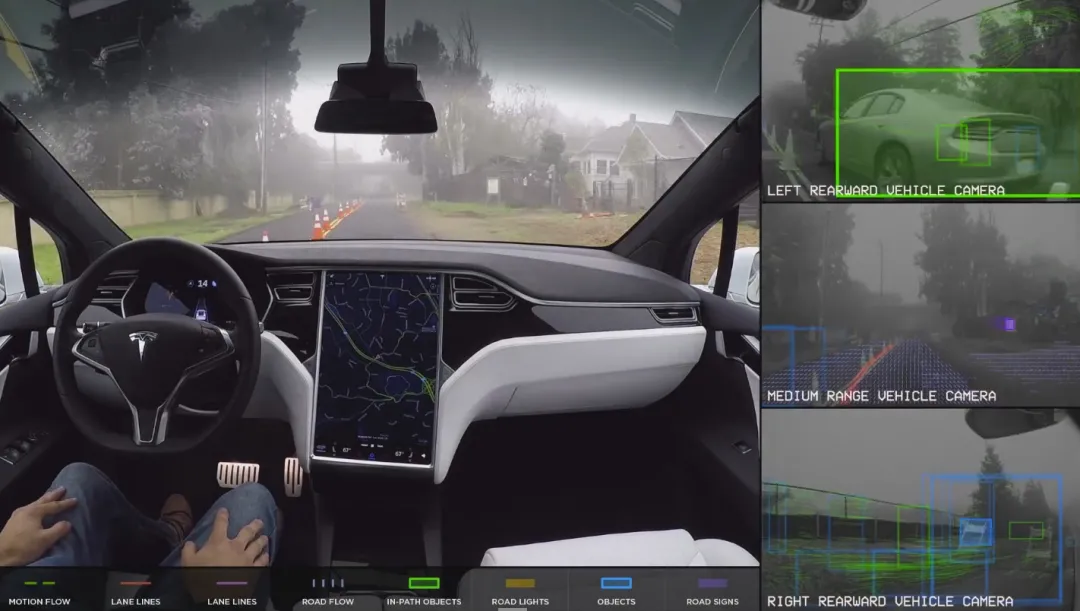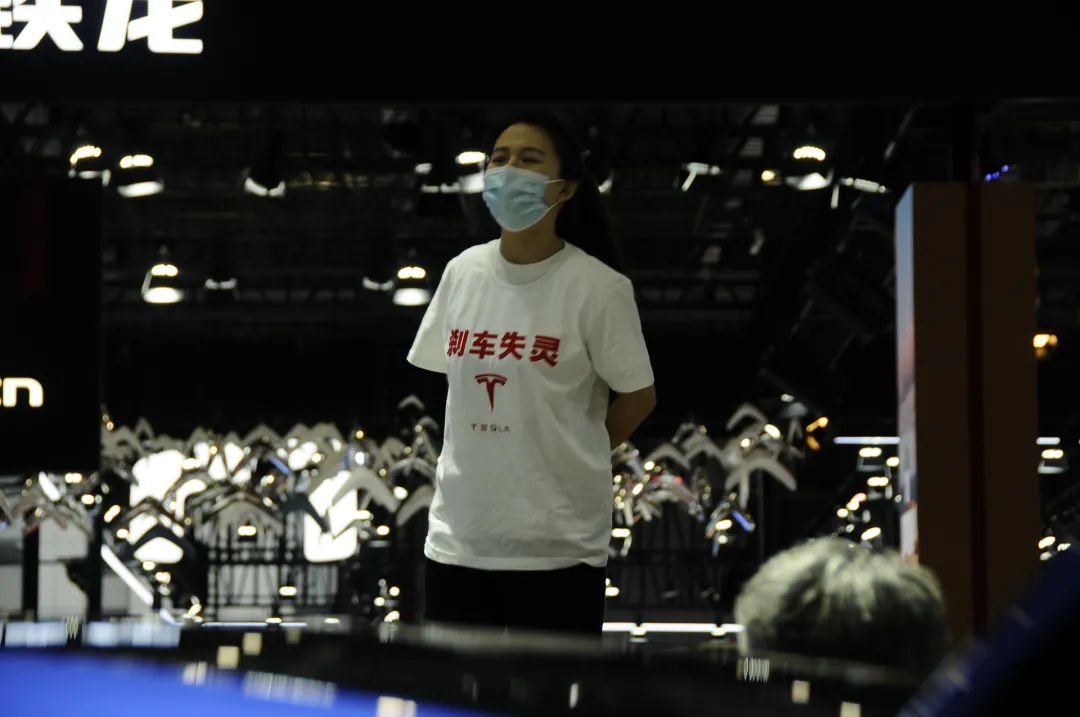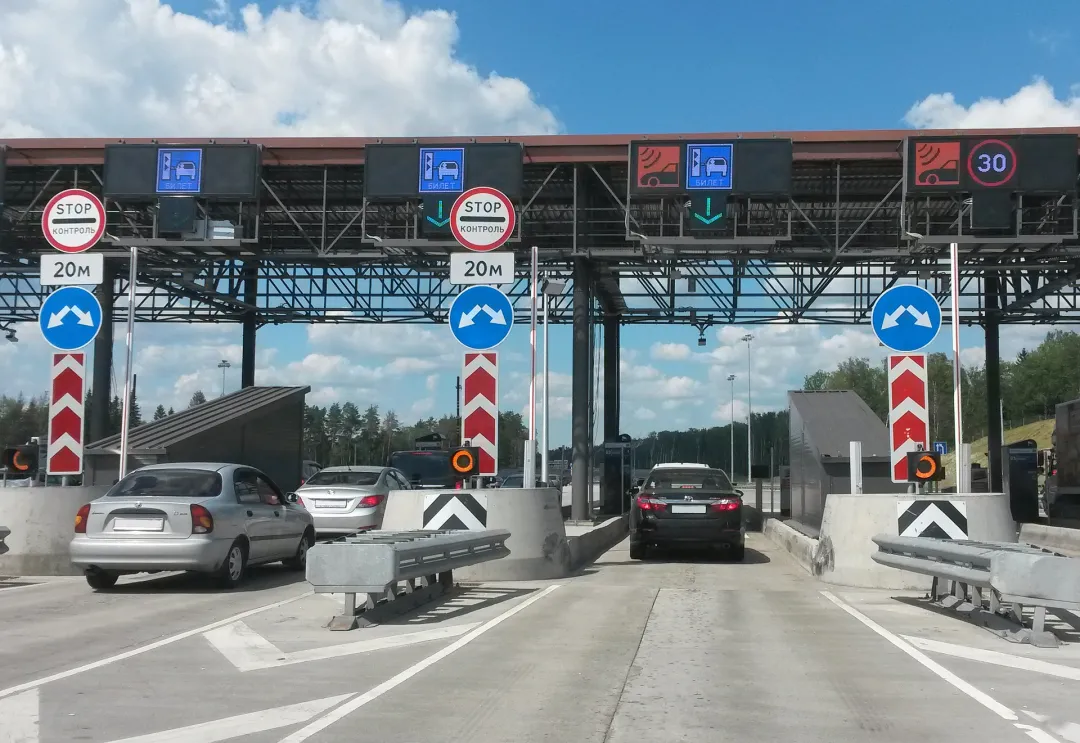*Author: Dayan
As a modern person, how much data do you generate every day?
We believe that most people don’t know or care about it.
Let’s take an example.
Global autonomous driving companies and car manufacturers with similar business qualifications have fleets of test vehicles with different scales equipped with a large number of sensors for road testing in various locations. Conservatively estimated, a test vehicle can generate a data volume of up to 10 TB per day.
A 1000-vehicle test fleet generates a data volume of around 11 EB (exabytes) per year, which is equivalent to 1.1 million times the information volume stored in the world’s largest library-the US Library of Congress.

And this is only the early stage.
Whether it is the road data collected for deep training of autonomous driving controllers for external environmental conditions, or consumer driving habits and in-vehicle usage experience, these data are important cornerstones for the continuous iteration of the system.
The industry media call it: whoever controls the data, controls the future.
According to existing laws, consumers have undisputed ownership of the driving data of their vehicles, especially control or authentication methods such as voice control and facial recognition, which involve a large amount of sensitive personal information. Not to mention that car manufacturers can also track the driving trajectory of car owners, and understand their work and family locations, frequently visited restaurants and cinemas.
In the era when data flows like blood in the network world, various services and recommendations based on information data provide unprecedented convenience and efficiency for modern life.
At the same time, the disclosure of personal privacy and loss of data has far exceeded the imagination of most people. If there is no limitation on the use of data by car manufacturers, user data stored by car manufacturers may even be sold to third parties or exchanged for benefits to obtain greater profits.
These are only the extent that our limited imagination can reach.
OEMs urgently need low-cost and massive data for decision-making
In the era of intelligent connected cars, data is becoming a core asset.
Autonomous driving requires data, the Internet of Vehicles requires data, and even behind electric vehicle charging, related programs and algorithms need to be optimized through big data.
For example, Li Bin, the founder of NIO, said at a public event this year that according to NIO’s data, the group of people who visit NIO’s fast-charging piles the most are Tesla owners.
For OEMs, relying solely on their engineering sample cars to collect data not only has limited sample size and high cost, but also cannot cover more application scenarios.
Therefore, by selling models to end customers every year to help them collect massive amounts of data can enable their continuous optimization and iteration process to continue.
Taking Tesla as an example, one of its core competencies is to continuously optimize the entire vehicle by collecting relevant information during vehicle operation, especially road and driving habit information related to its autopilot system AutoPilot. The optimization results can be pushed wirelessly to consumers through OTA, allowing consumers to directly enjoy the benefits of the vehicle updates.
For this purpose, Tesla has installed a large number of sensors on the entire vehicle, directly transmitting the collected data to Tesla’s backend servers for direct analysis by the engineering development team.
Awakening of Car Owners’ Data Awareness
Today, the waves generated by the “Peak” event of Tesla female car owners’ rights protection continue to ripple.
Previously, to dispel public doubts, Tesla submitted 30 minutes of pre-accident driving data to the relevant car owner, while also publishing the 1 minute prior driving data at the time of the accident. Once these data were released, they immediately generated extensive discussions, with many voices questioning the authenticity of the data appearing on social networking sites and knowledge sharing communities.
It is clear that if there is any subsequent collision accident caused by brake failure, car owners will demand that the host factory publicly disclose relevant data, unless they know about their own serious faults.
At that time, whether the braking system is working, whether ABS/ESC is operating normally, or even the braking force that can be achieved in g, will become important indicators for car owners to re-examine their own vehicles. They will carefully search for even the slightest flaws through the powerful Internet and provide relevant experts for review.
In our opinion, this represents a situation where the trust relationship between automotive consumers and car manufacturers has been severed to some extent.

From an industry perspective, the following are obvious:
First, the workload of host factories will increase significantly. For companies like Tesla, monthly sales often reach tens of thousands. Even if only a small percentage of car owners demand publicizing some driving information, it will inevitably bring a burden to the host factory.
Second, for many vehicles equipped with automated driving/driving assistance systems, whether the AEB function is working will also become a focus of attention for car owners. It cannot be said that consumers have spent money to buy a car model with AEB function, but the function does not play a role when it should have, and cannot completely avoid or alleviate related accidents due to problems with the host factory.
On the other hand, Tesla, as a party involved, has not waited for death in the midst of the public opinion storm. In order to solve the demand of car owners to query data, Tesla has come up with its own solution.Currently, Tesla is building a data platform for its vehicle owners. With authentication, owners can access data from the whole car’s black box EDR through the platform, avoiding complicated communication with the manufacturer when trying to obtain related data.
Before the platform’s construction, moving domestic data from overseas servers to China has become a compliance hurdle that major multinational hosting factories cannot bypass.
To some extent, everything that has happened since late April is not entirely a bad thing. From the chaotic situation, these events have established a textbook case for the automotive industry, helping people recognize and predict potential problems that may arise.
Data Exportation and International Game
At a macro level, data is being elevated to the level of national resources and interests.
Recently, Norway punished its domestic company Ferde AS with a five-million-Norwegian-krone (approximately 498,065 euros) fine for allegedly transferring personal data of drivers to a Chinese data processor illegally.
The company, a Norwegian road toll collection company, was suspected of illegally transmitting more than 1,200 license plate images to China without performing a security assessment in accordance with the European Union’s GDPR.
Although the penalty amount was not large and its impact in Norway was relatively limited, the signal reflected behind it was already apparent. Following technology and semiconductor blockades, the sensitivity of data exportation is becoming a reality issue that we have to face.

Currently, national laws and regulations are constantly being introduced. Administrations such as the Cyberspace Administration of China, the Ministry of Industry and Information Technology, and the Ministry of Public Security have introduced various laws and regulations, especially the consultation draft of the “Regulations on Automobile Data Security Management” by the Cyberspace Administration of China, the consultation draft of “Guidelines for Intelligent Network-connected Vehicle Production Enterprises and Product Access Management” by the Ministry of Industry and Information Technology, and the “Data Collection Safety Requirements for Network-connected Vehicles,” among other regulations.
Moreover, leaving domestic data locally not only satisfies national security-related needs but also keeps a vast industry and numerous job opportunities in China. In the current digital economy, only with massive data can new emerging industries that conduct big data analysis and explore enormous business opportunities be fostered. These emerging giants are the backbone of China’s participation in international competition in a forest of outstanding players in the future market.
Final Thoughts
As always, we end today’s topic with a small story.
We know an industry insider whose attitude towards personal data is both unconventional and mainstream.From top smartphone brands to domestic internet giants, from internet service platforms such as food delivery and courier to recruitment, he has been harboring varying degrees of hostility towards commercial activities that require collecting personal data.
In response, he turned off nearly all mobile permissions that were deemed potentially “leaking”, and switched to a foreign brand of foldable smartphone, claiming that the big brands respect user privacy and personal data security is guaranteed.
Does this scene sound familiar to you?
Can we fully trust a business or institution to guarantee the security of data collection and use based on trust alone?
Of course not.
The Chinese government has long realized that data security and development in various fields are equally important. The establishment and alignment of relevant laws and regulations have already entered the fast lane.
Just like the iteration of algorithms, the state uses the perfection of laws and regulations to better protect collective and individual interests. This process also requires time and facts as a basis.
We are in a critical historical period. Simply shouting slogans or blindly calling for “suppression” or “indulgence” of data regulations may not have much positive effect on the overall situation that is to come.
This article is a translation by ChatGPT of a Chinese report from 42HOW. If you have any questions about it, please email bd@42how.com.
